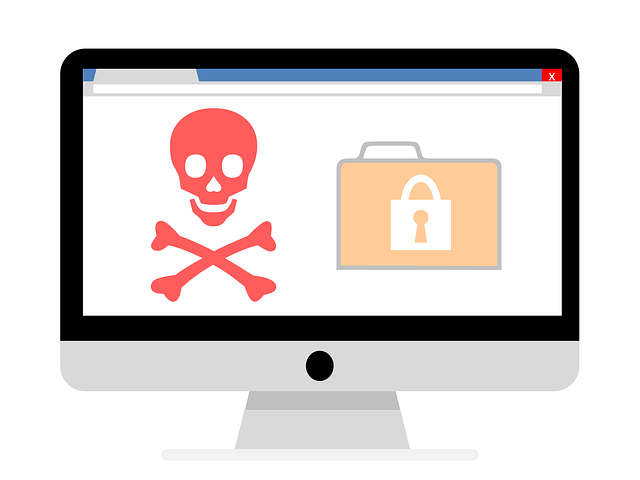Impact of Ransomware on Businesses and Individuals
Ransomware is a malicious software that infects a computer system and encrypts the data stored on it.
The attackers then demand a ransom payment in exchange for the decryption key, which is necessary to unlock the data.
This type of cyberattack has become increasingly common in recent years and has had a significant impact on both businesses and individuals.
The cost of ransomware attacks on businesses
Ransomware attacks can result in significant financial losses for businesses.
The costs associated with a ransomware attack include the ransom payment itself, as well as the costs of downtime and data recovery.
The cost of the ransom payment varies, but it can range from a few thousand dollars to hundreds of thousands of dollars.
This can be a significant financial burden for small and medium-sized businesses, which may not have the resources to pay such a large sum.
Furthermore, there is no guarantee that paying the ransom will result in the decryption of the data, as the attackers may simply take the payment and not provide the decryption key.
In addition to the cost of the ransom payment, businesses may also incur significant costs due to downtime.
If a ransomware attack results in the loss of access to critical data and systems, it can take time to recover, resulting in lost productivity and revenue.
The cost of data recovery can also be high, as businesses may need to hire outside experts to help with the recovery process.
Impact on individual victims
Ransomware attacks can also have a significant impact on individuals.
The personal information and files stored on a computer, such as photos, documents, and financial information, are valuable to the owner and can be lost forever if the attack is not properly addressed.
Individuals may also be at risk of having their identity stolen if the attackers obtain sensitive personal information, such as Social Security numbers, addresses, and credit card information.
This can result in long-term financial damage, as it can take years to recover from identity theft.
Preventing ransomware attacks
There are several steps that businesses and individuals can take to reduce their risk of falling victim to a ransomware attack.
These include:
Keeping software and systems up-to-date:
Regular software updates can help to protect against known vulnerabilities that attackers may exploit.
Regularly backing up data:
Regularly backing up important data to an external source can help to ensure that the data can be recovered in the event of a ransomware attack.
Using anti-virus software:
Installing and regularly updating anti-virus software can help to detect and prevent malware infections.
Being cautious with email attachments and links:
Attackers often use email attachments and links as a means of delivering ransomware.
It is important to be cautious when opening attachments or clicking on links from unknown or suspicious sources.
Training employees:
Educating employees on the dangers of ransomware and best practices for avoiding it can help to reduce the risk of a successful attack.
Conclusion
Ransomware attacks are a growing threat to both businesses and individuals.
The financial and personal impacts of a ransomware attack can be significant, and it is important to take steps to reduce the risk of falling victim to such an attack.
By keeping software and systems up-to-date, regularly backing up data, using anti-virus software, being cautious with email attachments and links, and training employees, businesses and individuals can help to reduce their risk of falling victim to a ransomware attack.
